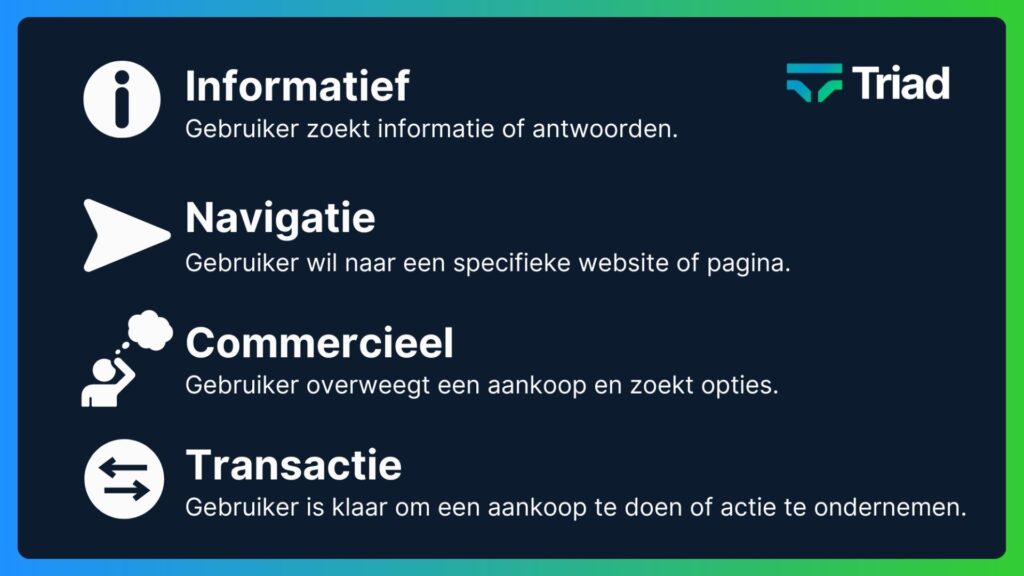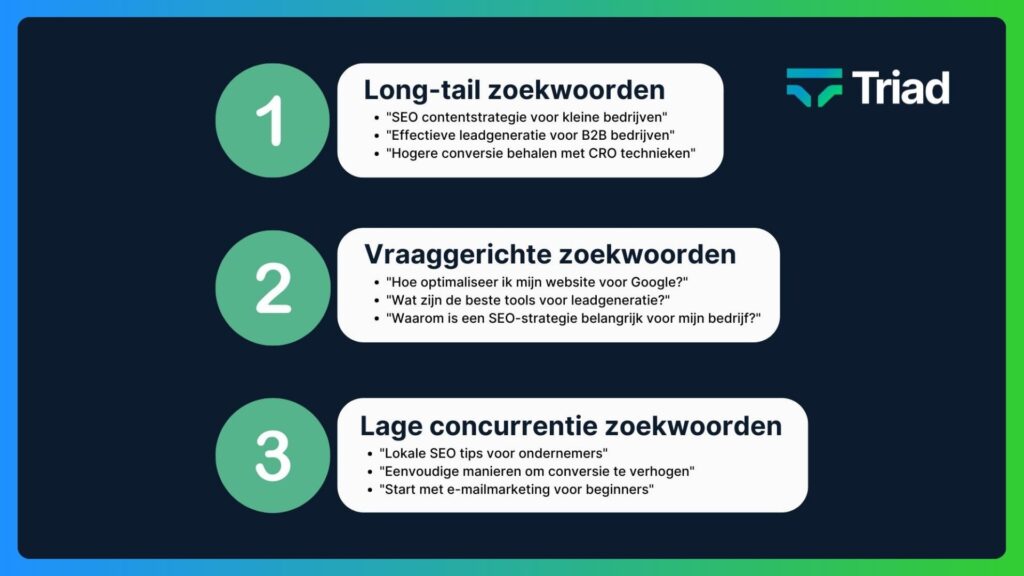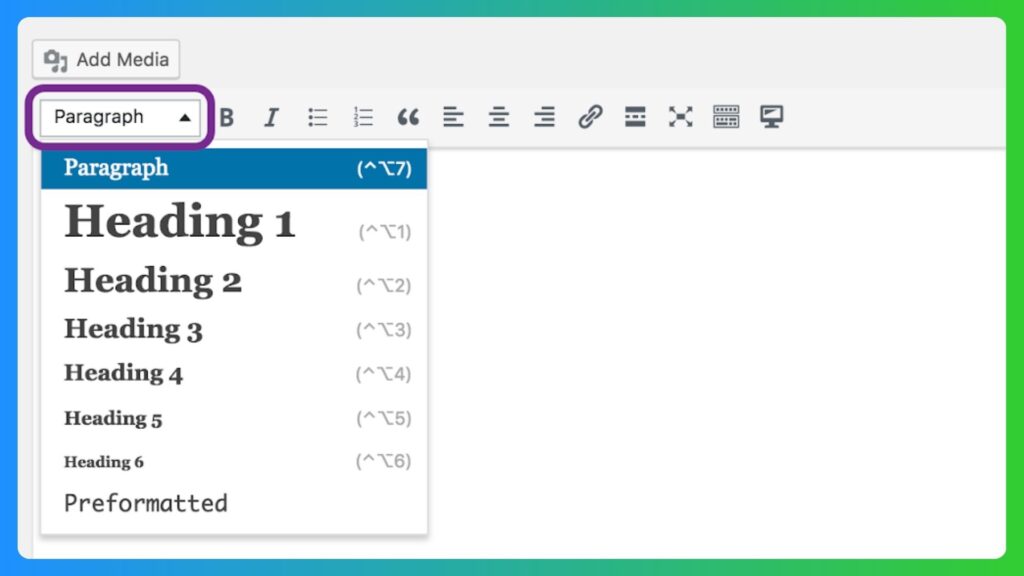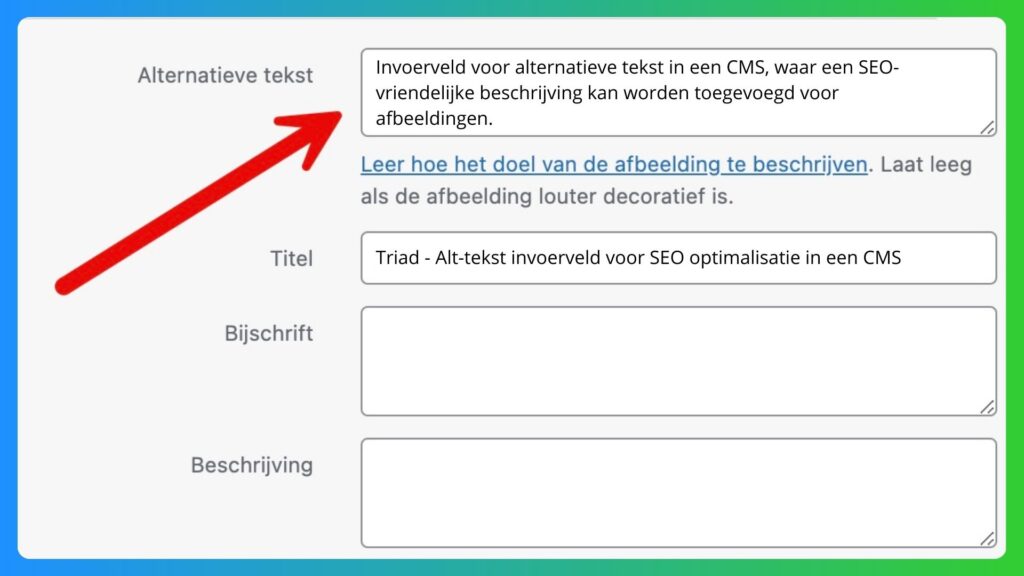How to write SEO-optimized content that ranks high in search results

The Importance of SEO Optimized Content
As an SEO specialist, I know that well-optimized content is important for the success of a website. It is not only about being visible to search engines, but also about offering relevant and valuable information to your visitors.
Why SEO is important for online visibility
Without SEO optimized content, there is a big chance that your website will disappear among the many other search results. SEO helps you reach the right target group by aligning your content with what people are searching for and how search engines evaluate it.
How Well Written Content Contributes to Higher Rankings
Writing content that is both relevant and user-friendly contributes to higher search engine rankings. This is not just about using the right keywords, but more importantly about creating valuable information that meets the needs of your target audience. If you want to learn more about the basics of SEO-optimized content, check out the Google's SEO Starter Guide.
Improve your SEO with our free advice
Book a free 20-minute consultation and discover how to optimize your content for better search results.
Book your SEO advice nowUnderstanding Search Intent and Selecting Keywords
If you want to get serious about SEO-optimized content, you need to understand what people are really looking for when they type something into Google. This is all about search intent. It’s not just about what words people use, but more importantly, what they hope to achieve with their search.
The Importance of Search Intent in Your Content Strategy
There are four types of search intent, each requiring a different approach:

- Informational intent: The user is looking for information or answers to questions.
- Navigation Intent: The user wants to go to a specific website or page.
- Commercial intent: The user is considering a purchase and looking for options.
- Transaction Intent: The user is ready to make a purchase or perform a specific action.
Each of these intentions requires different types of content. Understanding these intentions helps you to fine-tune your content to what your target audience needs. Want to know more about this? Semrush has a handy guide on search intent which goes into more depth on how to recognize and utilize these.
Oh, and we use Semrush to track search intent. This powerful tool allows us to identify the right keywords and their intents so we can tailor our content to the needs of our target audience. In addition, Google Trends an excellent free alternative to keyword research. It provides valuable insights into search trends, giving us a good picture of what is going on among our target audience.
Selecting Keywords for Your Target Audience
Once you understand your audience’s search intent, the next step is to carefully select keywords that will support your content and help you reach the right people. This process goes beyond simply choosing popular search terms; it involves identifying words and phrases that will not only drive traffic, but also resonate with your audience’s needs.
What should you look for when selecting keywords?
When choosing keywords for your content, there are a few key factors to keep in mind:
- Relevance: The keyword should closely match the content of your page and the search intent of your users. Ask yourself if the term meets the user's expectations.
- Search volume: Look at the average number of searches per month for a particular keyword. This will give you an idea of how many people are searching for that specific topic. However, higher search volumes often come with more competition.
- Competition: Keywords with a high search volume often have a lot of competition. It can therefore make sense to focus on keywords with a lower search volume, but that are very specific to your niche (long-tail keywords). These are often seen as “low-hanging fruit” because the competition is lower, but the chance of conversions can be higher.
- Seasonality: Some keywords are only popular during certain periods. Keep this in mind, especially when creating content that capitalizes on seasonal trends.
- Commercial value: Some keywords have a higher commercial intent, meaning users are closer to a purchase decision. These keywords can be valuable if you offer products or services.
Tackle the low-hanging fruit
The concept of “low-hanging fruit” in SEO-optimized content refers to keywords that are relatively easy to rank for because competition is low, but still offer sufficient traffic and conversion potential. These are often long-tail keywords, which may have lower search volume but are highly targeted and often closely match user intent.
Some strategies to identify and leverage this low-hanging fruit include:
- Long-tail keywords: These are usually three or more words and are specifically targeted to a niche topic. They attract less traffic, but the users searching for these terms often have a clearer intent, such as making a purchase or obtaining specific information.
- Demand-driven keywords: Keywords that answer questions like “how,” “what,” “why” can be effective because they tap into informational search intent. Optimizing your content around these questions can help you rank better for specific, targeted searches.
- Low competition: Focus on keywords with lower competition that are still relevant to your target audience. These often offer a better chance of ranking quickly and generating traffic without having to compete against larger, more established sites.

Content planning and structure
When writing an SEO optimized article, a clear and logical structure is important. Not only does this help your readers to easily understand the content, but it also plays a role in how search engines like Google evaluate your content. A well-structured article with clear headings and subheadings ensures that both your readers and search engines can quickly identify the most important points of your text.
Creating a clear and logical structure
A good article starts with a clear structure. This means that you should divide your article into logical sections and paragraphs that explain the story or information step by step. Start with a strong introduction that introduces the topic, followed by clear sections that cover the different aspects of your topic. End with a conclusion that summarizes the main points and encourages any further actions for the reader.
It is useful to make an overview of the main points you want to cover in advance and to place them in a logical order. This not only helps with writing, but also makes your article more clear for the reader.
Using headings and subheadings to improve readability and SEO optimized content
Headings and subheadings play a crucial role in the readability of your article and indirectly contribute to your SEO performance. They serve as signposts in your text, allowing readers to quickly see what a particular section of your article is about. This is especially important because many readers scan an article before deciding to read it in full.
- H1: Main heading
This is the title of your article and should clearly indicate what your article is about. Each article has only one H1 tag. - H2: Subheadings for main sections
Use H2 tags for the main sections of your article. These subheadings divide your article into logical parts and make it easy for readers to navigate through the text. - H3: Subsections within H2 sections
H3 tags are used to provide further details within the H2 sections. This makes your article more organized and ensures that readers can quickly find specific information.

Headings not only help your readers, but also search engines. By naturally incorporating your keywords into your headings and subheadings, you help search engines understand and better index the main topics in your article. This ultimately improves your chances of ranking higher in search results.
For more tips on how to use headings effectively to improve your article's readability and SEO, check out this article of Yoast consult.
Writing high-quality content
Quality content is the backbone of any successful SEO strategy. It’s not just about using the right keywords, it’s about providing value to your readers. This means creating in-depth, well-researched, and relevantly written content that speaks to the needs of your target audience.
Guidelines for creating valuable and well-researched content
- Know your audience
The first step in writing powerful content is understanding your audience. This will help you tailor the tone, style, and content of your article to what your readers expect and need. Research their needs, questions, and pain points so that your content resonates with their interests and actually helps them. - Research strong keywords
Keywords are the foundation of SEO, but it’s not just about finding the most popular terms. You need to choose keywords that are relevant to your niche and match your target audience’s intent. Tools like Google Trends can help you gain insight into current trends and the terms your target audience is using. You can read more about this in this article about SEO Insights with Google Trends. - Think about SEO and social media
While SEO improves the visibility of your content in search engines, social media can help you expand your reach. Share your content on relevant social media channels to generate more traffic and strengthen your online presence. - Don't limit yourself to textual content
High-quality content isn’t limited to just text. Add visual elements like images, infographics, and videos to make your story more powerful and your content more appealing to a wider audience. - Build in a relevant call-to-action
All good content should end with a clear call to action (CTA). This can range from encouraging readers to leave a comment to promoting a product or service. A well-placed CTA helps to increase reader engagement and guide them towards the next step.
The Role of Length and Depth in SEO-Optimized Content
Length and depth play a significant role in how well your article ranks in search engines. While there is no perfect length for SEO-optimized content, longer articles are often more effective because they provide more space to cover a topic in depth. Deeper, more detailed content is often seen as more valuable by both search engines and users, which can lead to higher rankings and better engagement.
Longer articles also have the advantage of providing more opportunities for keywords, internal links, and different types of media. All of this contributes to a better optimized article that provides more value to your readers and performs better in search results.
Want more tips on improving your content? Check out these 5 Tricks to Improve Your Content.
Use of visual elements
Using visual elements such as images, videos, and other media effectively can not only make your content more engaging for your readers, but it can also help improve your SEO performance. By using visual content properly, you can improve the user experience, create more engagement, and ultimately increase your search engine rankings.
Effective use of images, videos and other media
Visual content, such as images and videos, plays a crucial role in how users experience your content. These elements not only make your pages more visually appealing, but they also help convey complex ideas in a simple way. They also support your text and can add context and understanding to the information you’re sharing.
- Images: Use images to illustrate key points and improve readability. Make sure the images are relevant to the content and help to enhance the story.
- Videos: Videos can be a powerful tool to engage your audience and convey important messages. They can also help make your pages more dynamic and increase the time visitors spend on your site.
Optimizing alt text and file names for SEO optimized content
Optimizing images for search engines is essential to ensure that they are properly indexed and displayed in search results. Here are some best practices to keep in mind:
- Using HTML Image Elements: Make sure to use standard HTML image elements to embed your images. This helps search engines find and process the images. Avoid using CSS images, as they are not indexed by Google.
- File names and alt texts: Use descriptive file names and alt text that is relevant to the image content. This not only helps search engines understand the context of the image, but also improves accessibility for users who may not be able to see the images. For example, “puppy.jpg” is better than “IMG00023.JPG”, but “Dalmatian-puppy-playing-fetch.jpg” is even better because it is more specific.
- Image Sitemaps: Consider using an image sitemap to help Google discover all the images on your site, especially if you host images on a CDN. This can improve the visibility of your images in search results.
- Responsive images: Use techniques such as the element or the srcset attributes to ensure that your images display well across devices and screen sizes. This contributes to a better user experience and optimizes your page load times.

Implementing these optimizations can significantly improve the performance of your visual content and contribute to a better overall SEO strategy. For more detailed guidance, check out the Google Image SEO Best Practices on the official Google site.
Technical SEO: Basics
To make your website easy to find in search engines, you need to pay attention to technical SEO. This includes all the technical aspects of your site that make it easy for search engines to crawl and index it. It is the basis of a good SEO strategy.
Important technical elements such as page speed and mobile friendliness
A fast website is not only nice for your visitors, but also important for your rankings. Google likes websites that load quickly. If your site is slow, you risk losing visitors and positions in the search results. You can test and improve the speed of your site with PageSpeed Insights.
In addition, mobile friendliness is a must. Most people visit websites on their phones, so it is important that your site works well on all devices. Google also rates websites based on how well they perform on mobile devices.
The importance of schema markup and internal links for SEO-optimized content
Schema markup is a way to give search engines more information about your content. This can help make your pages more attractive in search results, for example by providing them with rich snippets. Internal links are also important. They make it easier for search engines to navigate your site and help users find relevant content.
Meta tags and URL optimization
Optimizing meta tags and URLs helps search engines better understand your pages and increases the likelihood that users will click through to your site.
Writing meta titles and descriptions that increase CTR
Meta titles and descriptions are your first chance to make an impression in search results. Make sure they are clear, compelling, and contain the right keywords. This can make a big difference in how many people click on your link.
Creating SEO-friendly URLs for better search results
A good URL is short, descriptive, and contains relevant keywords. Avoid unnecessary words and symbols. A good URL helps both search engines and users quickly understand what your page is about.
Link building and external links
Link building is important, but it doesn't have to be complicated. It's about getting links to your website from other relevant and trustworthy sites.
Strategies for Getting Quality Backlinks
It's all about making valuable connections. Create great content that other sites will want to link to and find ways to collaborate with other sites in your industry.
How external links to trusted sources improve your SEO-optimized content
Adding links to reliable sources in your content not only helps your readers, but also shows search engines that your content is well-researched. This can benefit your SEO-optimized content.
The importance of regularly updating content
Outdated content quickly loses its value. By regularly updating your content, you stay relevant and maintain your position in the search results.
Why Updating Old Content is Essential for Maintaining Rankings
Old content can drop in search results. By updating it regularly, you ensure that the content remains fresh and useful, which helps maintain your rankings.
Tips for revising and optimizing existing content
When you review your content, look for ways to make it better. Add new information, update the layout, and make sure your content meets the latest SEO guidelines.
Monitoring and analyzing SEO performance
It is important to track the performance of your content and make adjustments based on that.
Tools and methods to track your content performance
Google Analytics and Search Console are great tools to track how your content is performing. Use them to spot trends and see which pages need optimization.
How to Use Data to Improve Your SEO Strategy
Analyze the data to discover patterns and improve your content strategy based on what works and what doesn't. This will ensure that you continuously get better at writing SEO-optimized content.
Common Mistakes and How to Avoid Them
Everyone makes SEO mistakes, but some can be easily avoided by paying attention to the following points:
- Avoid Keyword Stuffing: Overusing keywords can hurt your SEO-optimized content more than it helps. Use keywords naturally and in context.
- Don't forget alt texts: Alt text is essential for both SEO and accessibility. Make sure every image on your site has descriptive alt text.
- Don't neglect mobile optimization: As more and more users are browsing via mobile devices, it is crucial that your website is mobile-friendly. A poor mobile experience can lead to lower rankings.
Best practices for a sustainable SEO strategy
SEO is an ongoing process that requires constant attention and adjustment:
- Perform regular site audits: Perform regular checks to identify and address technical errors and outdated content.
- Stay up to date on changes in search algorithms: Search engines are constantly changing. Adapt your strategy to stay ahead of these changes.
- Focus on quality and relevance: Keep creating valuable and relevant content that appeals to your target audience. This will ensure a sustainable SEO strategy.
Conclusion
Creating SEO-optimized content that ranks high in search results is a combination of technical know-how, strategic planning, and valuable content. By understanding search intent, carefully selecting keywords, and applying technical SEO principles, you can develop content that not only shows up in search engines, but also meets the needs of your target audience. Remember to regularly update your content and monitor its performance to ensure continued success.
